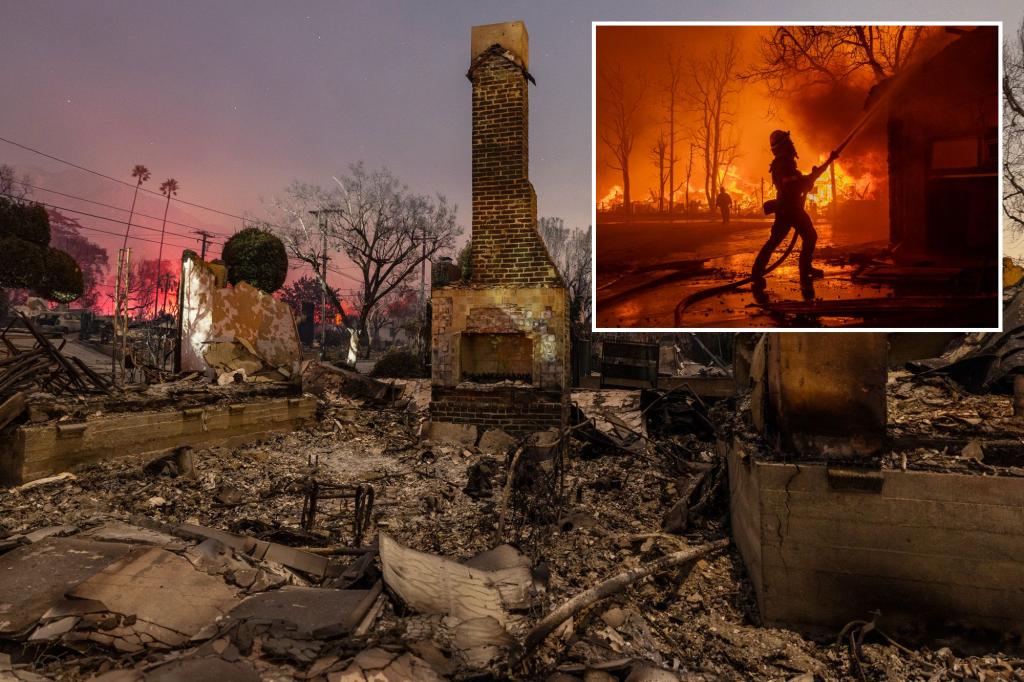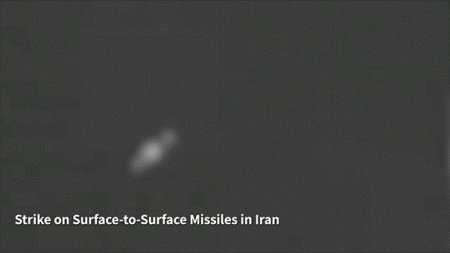In 2018, Vasya Tremsin, a high school student at the time, conceived a science fair project aimed at developing technology for early fire detection. Seven years later, that project has evolved into Torch Sensors, a company now on the front lines of battling wildfires. Amidst the devastating wildfires ravaging Los Angeles in a disaster more extensive than twice the size of Manhattan, Tremsin and his team deployed their innovative sensors to aid in monitoring and preventing the spread of the inferno. The scale of the destruction, with billions of dollars in damages and a significant loss of life, underscores the urgent need for advanced fire prevention and firefighting technologies. Torch Sensors, originally slated for a commercial launch with a solar utility company, redirected its efforts to assist in the crisis, installing prototype sensors in high-risk areas across Los Angeles.
Tremsin’s invention, the Torch sensor, offers a comprehensive approach to fire detection by measuring thermal, gas, and temperature levels across a vast 10-acre area. This data is then relayed in real-time to a user-friendly app, providing immediate warnings of potential fire outbreaks within minutes. This rapid detection capability is crucial in combating the increasingly rapid growth and spread of wildfires. The escalating threat of wildfires, with a 250% increase in growth rate across the US and a staggering 400% increase in California, necessitates innovative solutions. Traditional firefighting methods, while effective in containing smaller fires, struggle to keep pace with the escalating scale and intensity of these disasters. The Torch sensor aims to address this gap by providing early warnings, enabling faster response times and potentially mitigating the devastating impact of large-scale wildfires.
Inspired by the 2017 Napa Valley fires, Tremsin recognized the urgent need for early fire detection technology. Witnessing the widespread destruction firsthand fueled his determination to develop a solution. What began as a science fair project has transformed into a highly sought-after service in the wake of the LA fires, with website traffic increasing by 400%. The growing demand reflects a desperate need for effective fire prevention measures. Tremsin’s recent trip to Los Angeles not only involved deploying sensors but also included meetings with prominent tech investors, indicating growing interest in the technology’s potential.
The devastating Los Angeles wildfires have brought the critical need for advancements in firefighting technology into sharp focus. Changxin “Lyla” Dong, a Stanford researcher, highlights the stagnation in firefighting technology, noting that current methods have seen minimal progress since the mid-20th century. However, new innovations are emerging. Dong and her colleague Eric Appel are developing a revolutionary sprayable gel that enhances water’s fire-retardant properties, offering significantly improved protection compared to existing commercial gels. This gel, composed of super-absorbent polymers, transforms into a fire-resistant foam when exposed to heat, maintaining its protective properties even under extreme conditions.
Innovation in firefighting technology extends beyond fire retardants. In Israel, Gadi Benjamini, a military veteran, draws inspiration from the Iron Dome missile defense system to create FireDome, a proactive wildfire suppression system. FireDome deploys capsules containing eco-friendly fire retardant to create a protective barrier, while an AI-powered system uses computer vision and sensor technology to detect and extinguish airborne embers. This approach aims to preemptively contain wildfires before they escalate. While the technology is still in development, it has garnered interest from firefighters across the US, emphasizing the growing recognition of the need for proactive fire suppression methods.
While technological advancements offer promising solutions, some experts emphasize the importance of community-based approaches to fire prevention. Ralph Bloemers, a director of fire-safe communities, argues for a shift in focus from technological “silver bullets” to empowering communities to take an active role in fire prevention. He stresses the importance of adapting to fire-prone ecosystems and implementing home-hardening strategies such as brush clearing, fire-resistant landscaping, and proper roof ventilation. Bloemers believes that these low-cost, accessible measures can significantly reduce vulnerability to wildfires. He advocates for a greater emphasis on public education and community involvement in creating fire-safe environments.
The Getty Center, which successfully withstood the wildfires despite evacuation orders, serves as a compelling example of the effectiveness of comprehensive fire prevention strategies. Its well-irrigated landscaping and extensive brush clearing efforts demonstrate the importance of proactive measures in creating defensible space. While most homeowners may not have the resources of the Getty Center, Bloemers emphasizes that similar principles can be applied on a smaller scale. By understanding the dynamics of wildfire spread and implementing appropriate home-hardening techniques, individuals can significantly reduce their risk. The combination of technological advancements, community-based initiatives, and individual responsibility offers a multifaceted approach to addressing the growing threat of wildfires. The ongoing development and implementation of innovative solutions, alongside public education and community engagement, are crucial in mitigating the devastating impact of these increasingly frequent and intense disasters.










